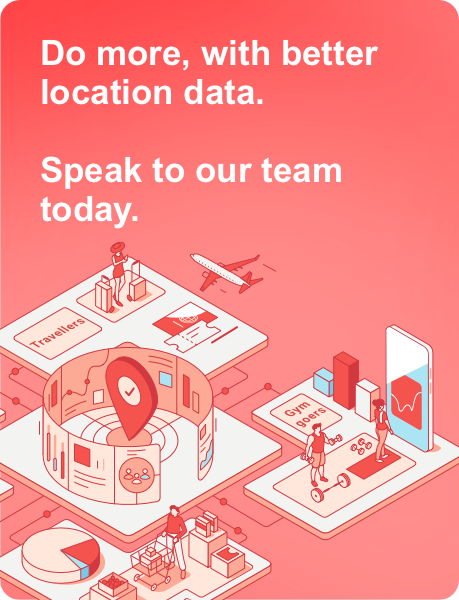Real-time location updates are transforming event management by enhancing attendee satisfaction and streamlining operations. By integrating dynamic insights like traffic and weather data, organizers can ensure a seamless experience for all participants.
Utilizing real-time location updates is crucial in enhancing event experiences. These updates provide timely information such as traffic patterns and weather conditions, enabling event organizers to address potential issues proactively. This approach improves the attendee experience and highlights the growing reliance on technology to deliver seamless events.
The role of location insights in event planning
Understanding attendee flow is essential for optimizing event experiences. Real-time location updates offer valuable insights into traffic conditions and weather forecasts, allowing organizers to adjust logistics and operations accordingly. This proactive strategy ensures minimal disruptions for attendees.
Traffic data can guide attendees on the best routes, reducing delays and enhancing their journey to the venue. Weather data influences event setup and scheduling, providing a comprehensive view of external factors that could impact the event. This enables informed decision-making and enhances overall event management.
Integrating a ticketing platform with real-time location updates ensures seamless communication of these insights to attendees. This integration empowers organizers to keep attendees informed about changes or updates, contributing to a smoother and more enjoyable experience for all involved.
Advanced analytics derived from location data also enables predictive planning for future events. By analyzing historical patterns and trends, organizers can anticipate attendance levels, peak times, and potential challenges. This data-driven approach helps in resource allocation, staffing decisions, and venue selection, ultimately leading to more successful and cost-effective events.
Location insights also play a crucial role in emergency preparedness and risk management. By monitoring real-time crowd density and movement patterns, organizers can quickly identify potential safety concerns and implement contingency plans. This data-driven approach to safety management ensures compliance with capacity restrictions while maintaining optimal crowd flow throughout the venue. The ability to visualize and analyze these patterns in real-time enables swift response to emerging situations, ultimately contributing to a safer event environment.
Integration of geospatial technology
Geospatial technology integration in event planning is increasingly important in today’s data-driven world. By harnessing geospatial insights, organizers can enhance event efficiency and effectiveness. This technology allows visualization of attendee movement patterns and identification of potential bottlenecks within the venue.
Geospatial data enables tailored event layout and design based on attendee behavior and preferences. Analyzing this data allows for a more engaging and personalized experience. For instance, understanding where attendees congregate helps strategically place amenities and attractions for maximum accessibility.
Moreover, geospatial technology facilitates real-time decision-making during the event. Access to live data feeds allows swift responses to unexpected challenges or opportunities, ensuring smooth operations throughout the event’s duration.
The implementation of heat mapping and spatial analysis tools provides invaluable insights into crowd dynamics and space utilization. These sophisticated tools help identify high-traffic areas, underutilized spaces, and optimal placement of emergency exits. By understanding these patterns, organizers can design more efficient layouts that enhance both safety and attendee satisfaction while meeting regulatory requirements.
Enhancing on-site operations
Implementing location-based insights into on-site operations is transformative for event organizers seeking to streamline processes. Leveraging a ticketing platform integrated with these insights enhances various aspects of on-site management, from entry point optimization to crowd control.
Real-time data enables monitoring of attendee movement, allowing efficient queue management and preventing overcrowding at key areas. This proactive approach improves safety and enhances the overall experience by minimizing wait times and maximizing attendee satisfaction.
Location-based insights also allow personalized recommendations and notifications to attendees based on their current location within the venue. This personalization creates a more engaging experience while promoting vendor offerings and other attractions available at the event.
The integration of mobile wayfinding solutions powered by location data has revolutionized how attendees navigate large venues. These interactive maps and directional guides help reduce confusion and frustration while enabling organizers to direct foot traffic efficiently. Additionally, this technology can be leveraged to highlight sponsored areas or special attractions, creating new opportunities for revenue generation and sponsor visibility.
James is the head of marketing at Tamoco
